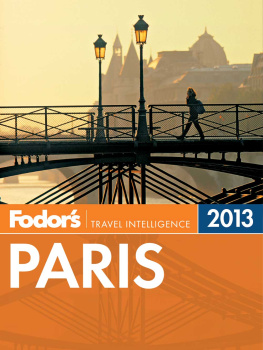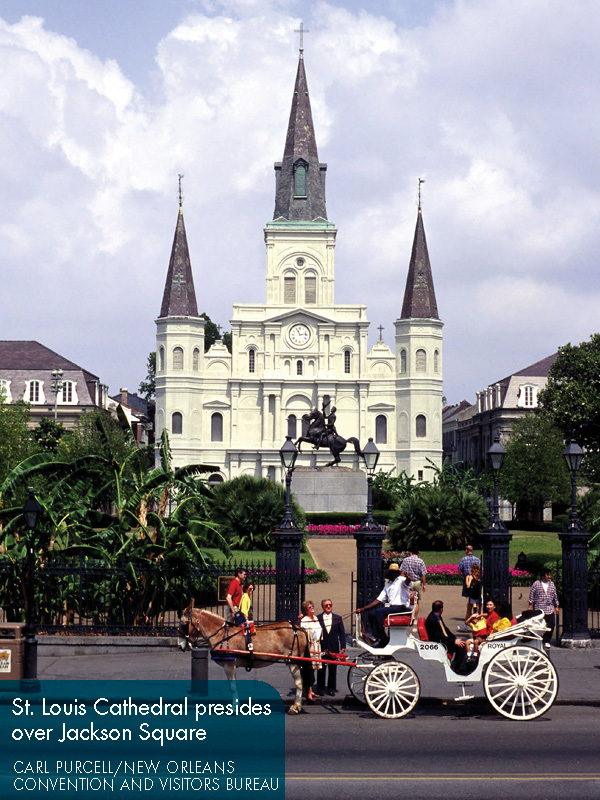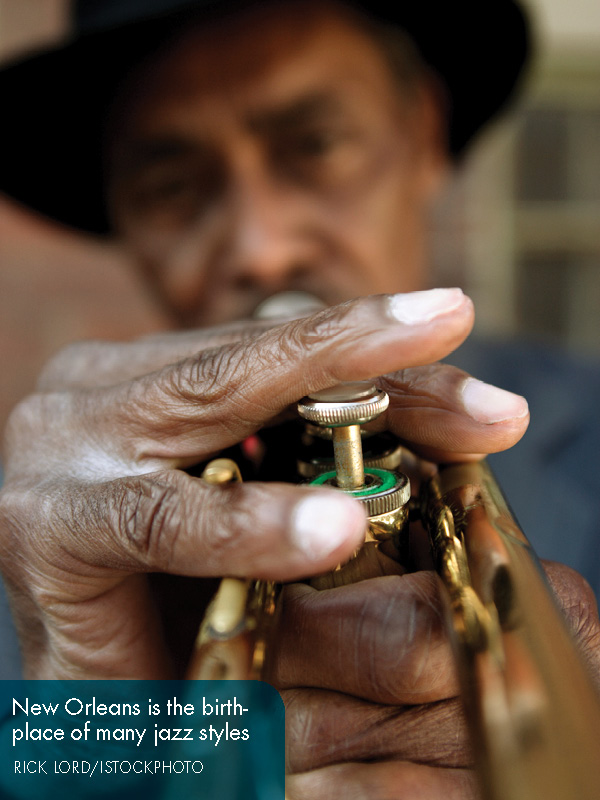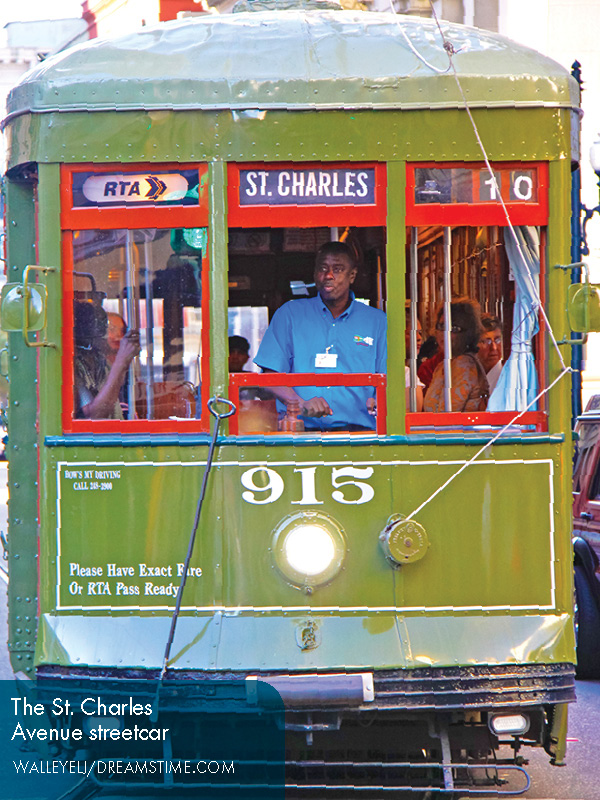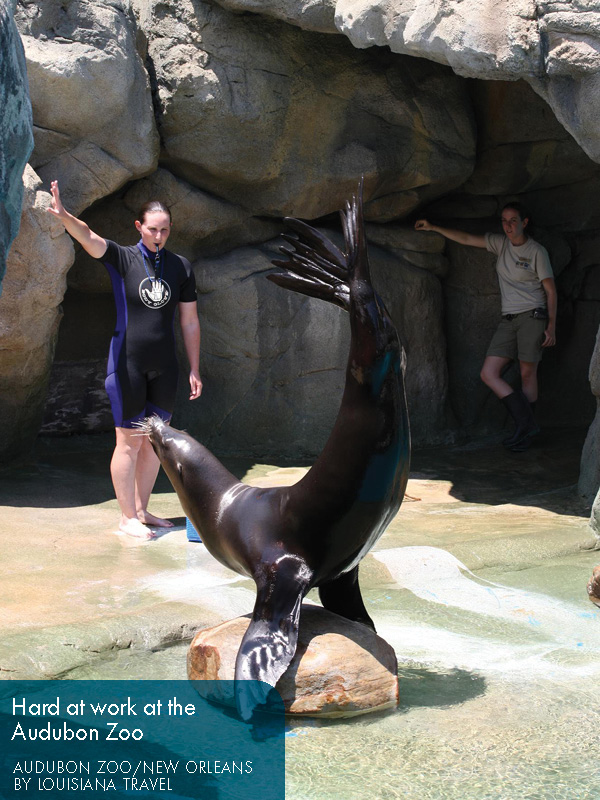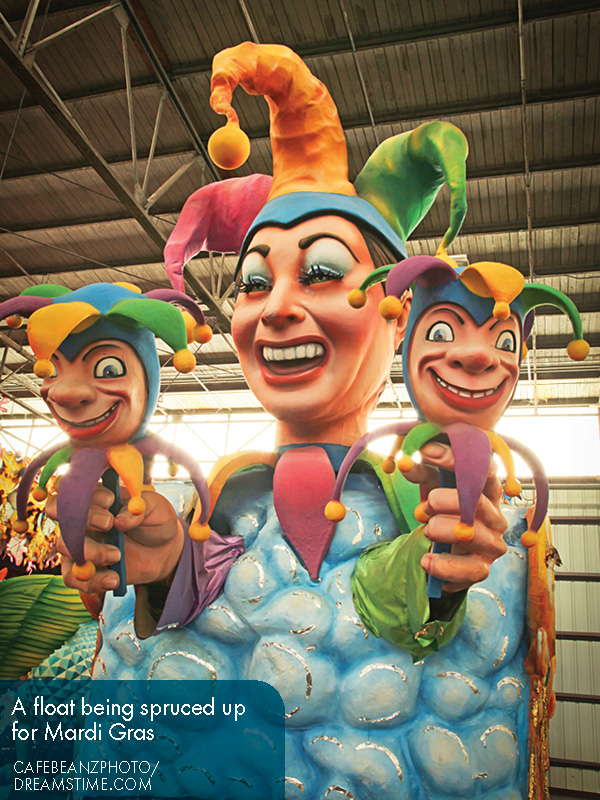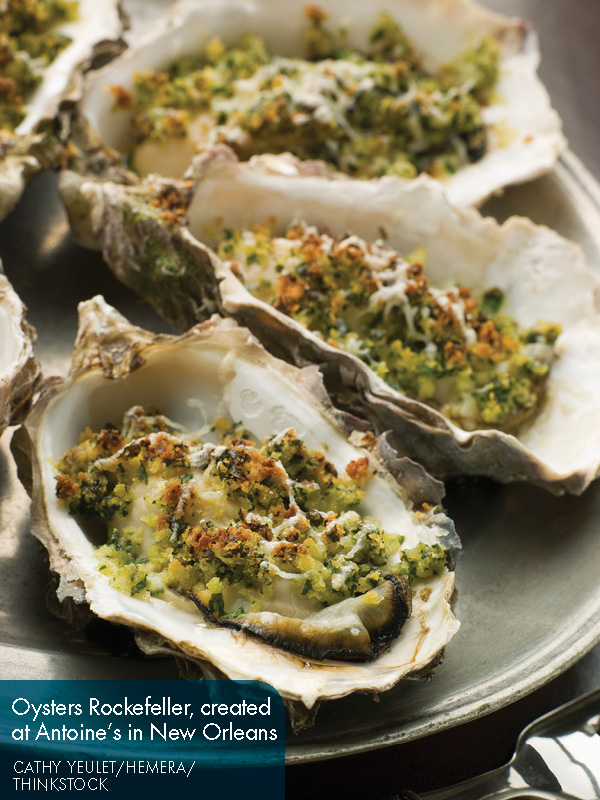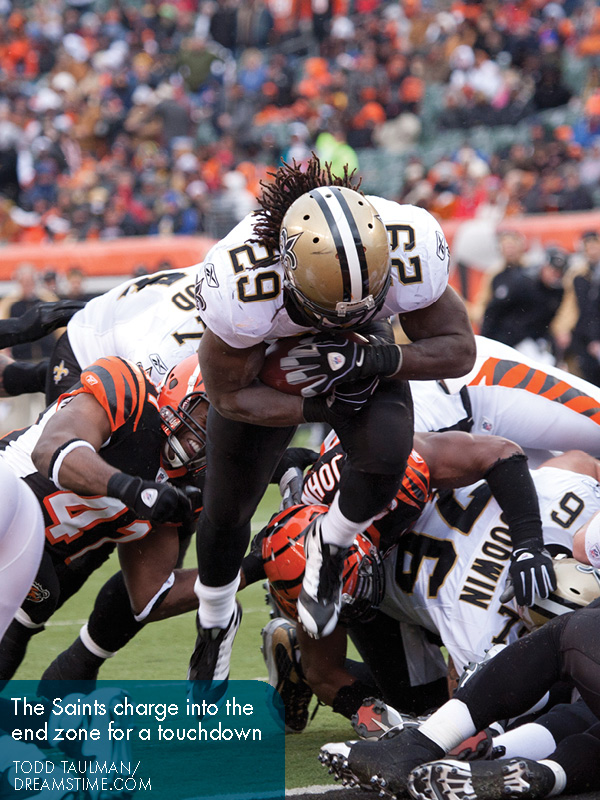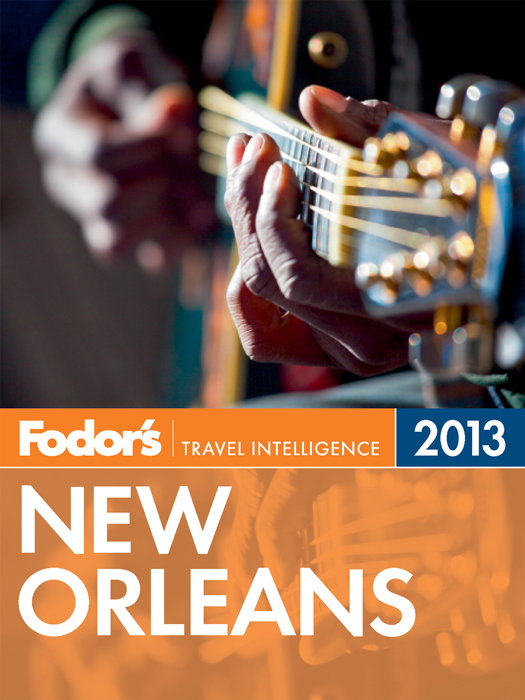

Experience New Orleans
Exploring New Orleans
Nightlife
Shopping
Side Trips From New Orleans
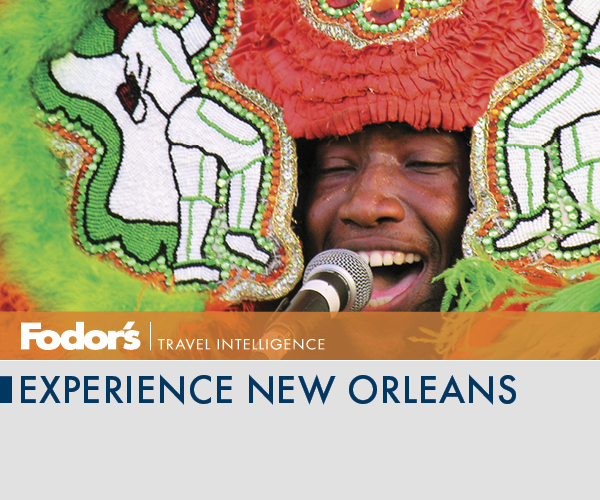
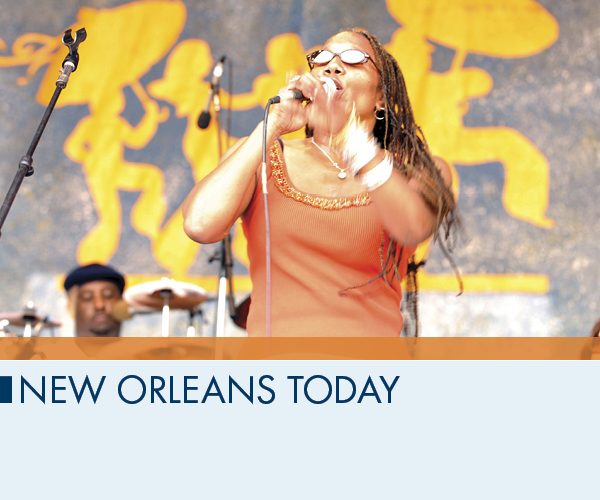
New Orleans is the ultimate urban illustration of the Japanese concept wabi-sabi , which translates literally to perfect-imperfect, but which suggests that, like a sidewalk buckled with cracks where an oak tree root grew up beneath the concrete, or an old plaster wall with bricks showing through, sometimes things are even more special when they are just a little bit broken. New Orleans is perfect in its sheer persistence; this comeback citys age, incredible heritage and history, and unwavering determination to live on and let the good times roll are what makes it so endearing, and so easy to return to again and again.
Todays New Orleans
is like no other place in America. It sounds like a tourist brochure clich, but its true: New Orleans feels like a place out of step with the rest of the country. Some of that is due to geography: this port city has seen an influx of many, many cultures over the course of its history. It welcomes diversity and tolerates lifestyles that deviate from the norma big reason artists and other creative types have long put down roots here. And the fact that the city lies mostly below sea level lends it a certain degree of fatalism and probably, if unconsciously, informs the New Orleans live-for-today attitude.
is proud of its traditions. Red beans and rice on Monday, St. Josephs altars, jazz funerals, a Christmas visit to Mr. Bingle in City Parkthis is a destination steeped in tradition, one that guards its unique customs. Take Mardi Gras, for example: some of the parading organizations, known as krewes, have been around for more than 150 years, building elaborate floats annually and parading through the streets in masks. The Mardi Gras Indian tradition, likewise, is shrouded in secrecy and ritual: tribes of mostly African American revelers spend months constructing fanciful, Native Americaninfluenced costumes in tribute to actual tribes that once helped escaped slaves find freedom.
is one giant movie set. Or thats how it seems these days, with multiple film projects going on at any given moment. The scenic backdrop is one reason for all the activity; generous tax credits and a growing local film industry are the other drivers behind what civic boosters have dubbed Hollywood South. In 2011 and 2012 the police drama 21 Jump Street , a new season of HBOs Treme, and Hours, a Hurricane Katrina suspense drama starring Paul Walker were among the many films and TV shows in production.
is still recovering. Seven years after Katrina hit the city, the areas where tourists tend to wanderdowntown, the riverfront, the French Quarter, Faubourg Marigny, the Warehouse District, and the Garden District/Uptownall show little outward sign of the storms devastating floods. But predominantly residential areas like East New Orleans, Lakeview, and the Ninth Ward are still struggling to recover. 2010 Census figures (the latest available) indicated that the citys population was still only 70% of what it had been before the storm.
is shaping up? Mayor Mitch Landrieu, son of legendary former mayor Moon Landrieu, is working hard to get city government back on track after his 2010 election. The success of grassroots recovery programs is a bright contrast to any lingering skepticism locals feel about projects with government involvement from earlier administrations and elected officials. Locally led projects continue to gain ground, including the Ninth Wards George Washington Carver High School sports program, Brad Pitts Make it Right housing-renewal program, the New Orleans Hope and Heritage Project (which aims to preserve the past and safeguard the future), and Tipitinas Foundation for musicians.
is on the verge of ____. Fill in the blank; your guess is as good as anybodys. New Orleans has survived an insane amount of fires, floods, epidemics, and scandals since its founding in 1718, and there are many encouraging signsnew buildings, streetcar lines, restorations, festivalsthat even Hurricane Katrina couldnt keep this amazing city down. But, questions remain: will the repaired levees hold up against the mighty Mississippi or another (God forbid) big storm? Will New Orleans manage to move past its propensity to political scandals, crime, and all the ills of urban poverty? Despite the many fortune-tellers plying their trade on Jackson Square, no one knows for sure what the future holds for the Crescent City.
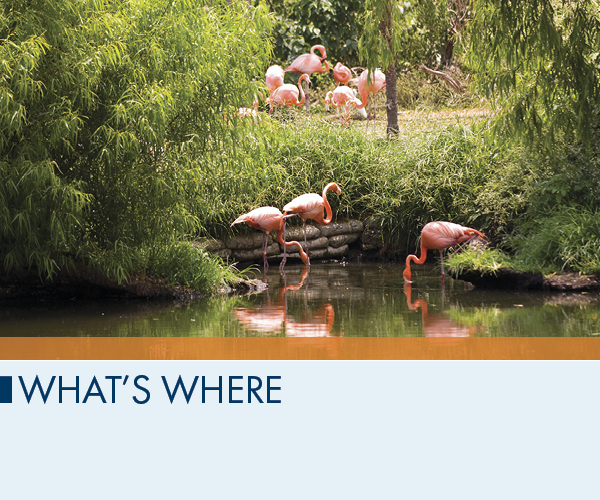
The French Quarter. The geographic and cultural heart of the city since the early 1700s, the Quarter is a vibrant commercial and residential hodgepodge of wrought-iron balconies, beckoning courtyards, antiques shopsand, of course, tawdry Bourbon Street honky-tonk. Elsewhere in the Quarter, youll find fine dining and fabulous local music.
Faubourg Marigny, Bywater, and Trem. The Faubourg Marigny is home to lovingly restored Creole cottages and famous Frenchman Street, which is lined with an assortment of music clubs, restaurants, and funky bars. Grittier Bywater, despite gentrification, retains its working-class credentials while accommodating a burgeoning arts scene and an influx of hipster professionals. Trem, the cradle of jazz and second-line parades, fell into decline when much of it was razed to make room for a freeway and other public improvements, but the HBO series has helped put it back on the map.
Next page

